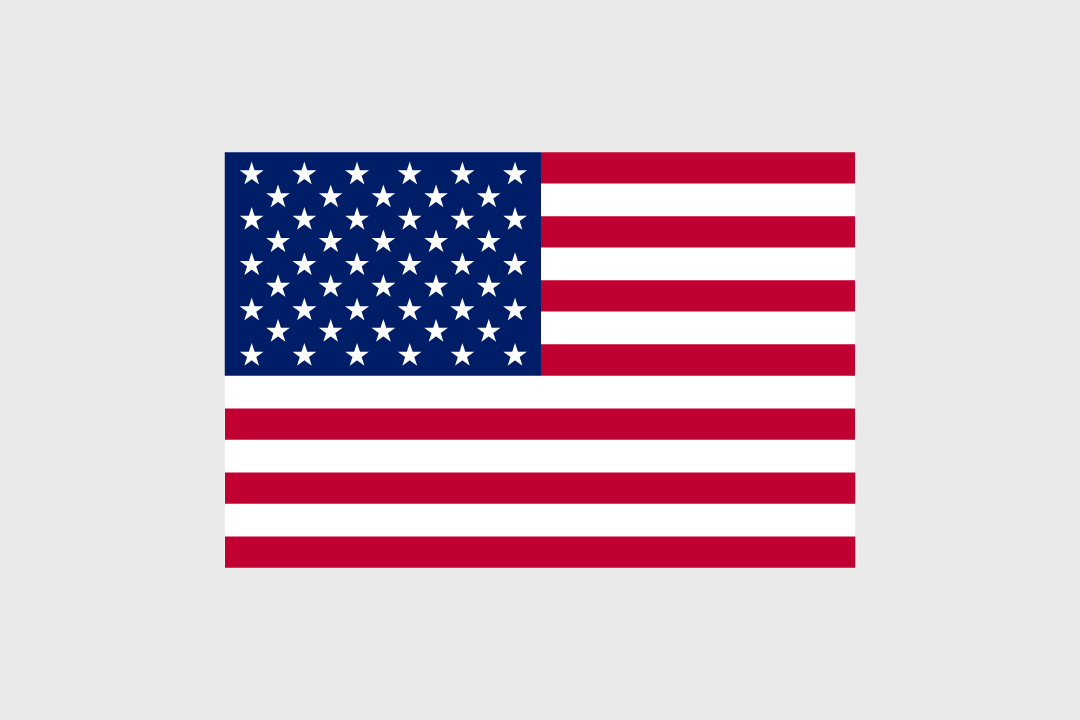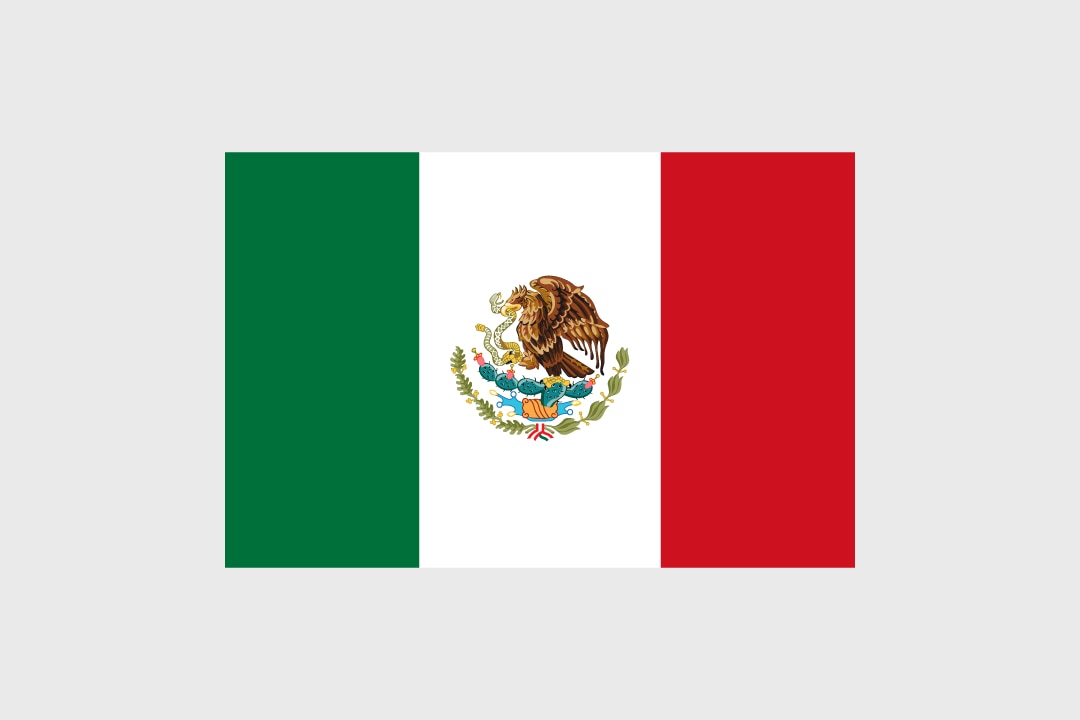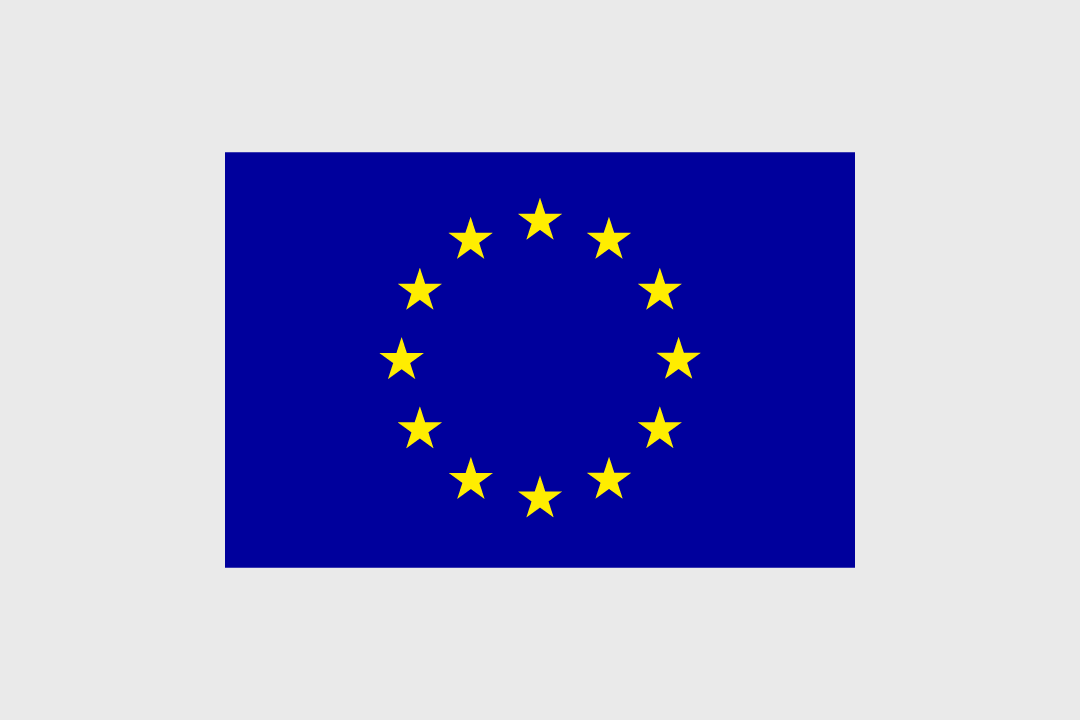Economics and markets
Looking beyond the Fed rate cut
September 18, 2025
Looking beyond the Fed rate cut
Commentary by Kevin Khang, Vanguard Senior International Economist, and Brian Kim, Vanguard Co-Head of High Yield Research
Key points
- Three interest-sensitive sectors help explain the clamoring for rate cuts.
- But investors should pay greater attention to structural challenges than to rate-cut “noise.”
- Our view is that higher medium- and long-term interest rates are here to stay and will continue to shape the investment environment.
Paul Volcker—the late Federal Reserve chairman whose punitive interest rates tamed the U.S. Great Inflation of the 1970s and early 1980s—once quipped that it was easier to cut interest rates than to raise them, because people like rate cuts better!
More recently, the Fed cut its federal funds rate target by a quarter percentage point, to a range of 4%–4.25%, on September 17. Its first reduction of the year, after a full percentage point’s worth of cuts in 2024, came amid inflation expectations that remain in check and hints of labor market weakening.
But while the desire for lower rates is understandable—because they reduce borrowing costs and, by extension, support equity markets—it’s worth asking: What lies beyond the noise of rate cuts? More importantly, how will the investment landscape evolve as we get through a prospective cutting cycle that has just begun?
“The real story is how investors adapt to a world where structurally higher rates are likely here to stay.”
Vanguard Senior International Economist
Three sectors that have been particularly sensitive to the post-2022 higher-rate environment illustrate the limits of possible rate cuts in the face of underlying challenges.
Housing, private equity, small-caps, and the rate environment
Housing remains the largest source of wealth for most Americans. For years, a combination of low interest rates and chronic underbuilding supported rising home prices. But the sharp rate hikes of 2022 and 2023 have stalled the market at unaffordable levels. Demand has weakened as mortgage rates have surged, while supply remains constrained as existing homeowners cling to low-rate mortgages. The result is a dormant market—too expensive for new buyers and too illiquid for sellers. A rate cut might offer some hope, but it won’t solve the deeper affordability and supply issues.
Private equity thrived in a world of cheap debt and ever-expanding multiples. But the golden era of easy exits—where sponsors could count on rising public market valuations to offload portfolio companies—is over. With borrowing costs elevated and exit opportunities constrained, private equity firms are increasingly trading assets among themselves or accepting lower returns. The $11 trillion industry’s aggressive use of leverage, which once defined the model, is now being reined in, forcing a strategic rethink.
Small-cap companies relied heavily on short-term debt to sustain operations. In a low-rate world, that approach was manageable. But as discussed in our August 2025 commentary, many of these firms have become structurally weaker over time, with each debt rollover bringing higher interest costs. A growing share of small-caps are now earning less than twice what they need to cover interest payments, a sign of potential distress. These firms are not just hoping for rate cuts but depending on them.
Two essential interest rate realities
Given such pressures, it’s no surprise that every hint of a dovish Fed pivot is met with enthusiasm. But two realities about the yield curve—and the broader rate environment—are worth keeping in mind.
First, the short end of the curve will continue to be shaped by the Fed’s dual mandate of ensuring both price stability and maximum sustainable employment. Although inflation has come down meaningfully from its peak, it remains sticky. This is partly due to supply-side forces, including tariffs and an immigration slowdown.
At the same time, the labor market, though showing signs of softening, remains in balance by historical standards. These dynamics suggest that the Fed’s path to sustained rate cuts is narrow. With inflation poised to remain above its 2% target for a fifth consecutive year, the Fed is unlikely to ease the policy rate substantially—unless inflation somehow makes a more decisive move toward target sooner.
Inflation has remained above the Fed's target for nearly five years and counting

Note: The year-over-year Personal Consumption Expenditures Price Index Excluding Food and Energy, also known as core PCE, is closely watched by the U.S. Federal Reserve in setting monetary policy.
Sources: Vanguard calculations, using data through June 2025 from the U.S. Bureau of Economic Analysis.
Second—and more importantly—many sectors would benefit more from lower medium- and long-term rates than from a cut in the shorter-term policy rate. But long-term yields are shaped not just by near-term Fed policy, but also by expectations about future rates and the premium that investors demand for holding longer-duration bonds.
And here, structural forces may be working against a sustained decline in yields. Key factors include productivity gains related to AI (and increased demand for funding for investment) as well as the growing burden of public debt. Such factors are likely to keep long-term rates elevated. As the current Fed chairman has noted, central banks can do little about structural changes.
So where does that leave investors?
We suggest that investors focus not on the short-term theatrics of potential rate cuts, but on the longer-term forces shaping returns. In this environment, where medium- and long-term rates remain high, markets are likely to reward companies that can deliver consistent, high-quality earnings growth. Think the tech-sector growth companies in the U.S., if they can maintain their momentum.
At the same time, the continuation of a higher-for-longer rate environment is likely to lead weaker firms to seek greater flexibility through creative financing solutions, including liability-management exercises and non-cash payment-in-kind interest modifications. Only time will tell whether such measures forestall formal debt restructuring or bankruptcy.
Meanwhile, fixed income remains appealing. With yields at historically attractive levels, especially relative to historically low equity dividend yields, demand for bonds is likely to remain strong. This could further reshape portfolio allocation approaches for the years ahead.
Although the clamor for rate cuts is broad-based, the longer-term impact on the return environment is much less clear. For long-term investors, the real story is not whether the Fed cuts once or twice more in the remainder of 2025, but how they adapt to a world where structurally higher rates—and the forces behind them—are likely here to stay.
As the old saying goes, “The secret to happiness is to lower expectations.” Perhaps the corollary for investors is this: The path to wise decision-making lies in embracing a realistic outlook—one that focuses on the emerging trends that will outlast the next cycle.
Assessing what’s behind U.S. investors’ confidence
Key points
- U.S. equities are reasserting their dominance after early international outperformance.
- Europe’s year-to-date equity gains owe more to valuation changes than to earnings.
- Fiscal sustainability has given way to cyclical concerns for U.S. bond investors.
Investors in the U.S. have expressed their confidence recently, especially compared with their European counterparts. U.S. stocks have ridden earnings growth to close a 2025 performance gap with European stocks, while long-term U.S. borrowing costs have fallen on rate-cut hopes, despite persistent fiscal challenges.
International equities notably have outperformed their tech-heavy U.S. counterparts year to date. However, that performance gap has largely disappeared in recent months, once U.S. dollar depreciation is accounted for. Much of the gains by U.S. equities have occurred since April, when concerns about U.S. tariffs peaked.
Market developments have become familiar: The tech- and AI-heavy Nasdaq Composite Index has outperformed the Standard & Poor’s 500 Index. The latter has, in turn, outperformed the “old economy” Dow Jones Industrial Average. Gains have been driven by earnings growth that has exceeded expectations, with tech and AI companies continually expanding profit margins.
On the other hand, in Europe—which accounts for about 40% of the international equity market—corporate earnings appear poised to decline for the year. This is a letdown for a year that started with expected earnings growth of 8%. It also means that much of the (still impressive) return accrued to European equity holders this year is attributable to multiple expansion rather than organic profitability growth. Year-to-date through September 15, European equities returned 11% in local currency and 26.5% in U.S. dollars as measured by the Euro Stoxx 50 Index, versus 12.5% for the S&P 500 Index.
As the equity returns in the U.S. and Europe converge (ignoring the effects of currency for comparative purposes), important questions are arising for international equities. For example, has the prospect of higher earnings growth for 2026 (thanks partly to an anticipated increase in fiscal spending) already been priced in? Additionally, will such earnings growth materialize against a backdrop of slow economic growth and fiscal sustainability concerns? And will these potential factors allow for further multiple expansion?
Bond markets offer their own conundrums. In the U.S., concerns about a potential cyclical slowdown appear to have superseded important longer-term matters, including rising structural deficits and their associated inflationary risks. Anticipation of Federal Reserve interest rate cuts for the remainder of 2025 and into 2026 has accompanied the decline across the U.S. yield curve in recent weeks.
Meanwhile, fiscal sustainability concerns are driving up long-term yields in other economies, notably the U.K., France, and Japan. These concerns have been brought into sharper focus by recent prime minister transitions in France and Japan.
Three countries where long-term yields reflect sustainability concerns
Sources: Vanguard calculations, using data from Bloomberg, as of September 12, 2025.
For these economies, a downside scenario involves a downward spiral of fiscal dynamics, with markets demanding a greater premium due to sustainability concerns—thus exacerbating the concerns, which would shrink fiscal capacity and potentially weigh on growth. It will be worth monitoring these countries in the coming months to see how the issues are resolved. This matters not only for their own economies and markets, but also for the lessons that may be transferable to other advanced economies—including the U.S., where investors are taking a hiatus from their fiscal sustainability concerns.
—Kevin Khang, Vanguard Senior International Economist
Policy shifts and growth questions
As labor supply and demand moderate simultaneously, U.S. policymakers face increased uncertainty in evaluating the market’s underlying health.
Notes:
All investing is subject to risk, including possible loss of the money you invest.
Diversification does not ensure a profit or protect against a loss.
Investments in bonds are subject to interest rate, credit, and inflation risk.
Investments in stocks or bonds issued by non-U.S. companies are subject to risks including country/regional risk and currency risk. These risks are especially high in emerging markets.








